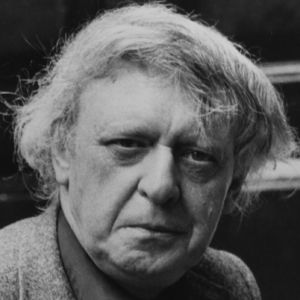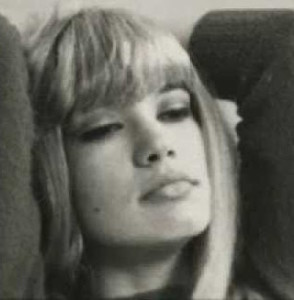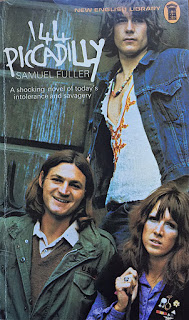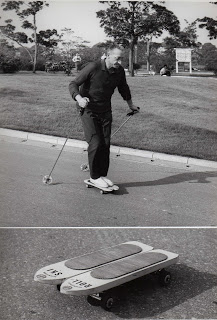In recent years much has been predicted concerning the demise of movie theatres as a result of the popularity of streaming. Why, it is argued, would cinemagoers make the effort and pay money to visit a movie theatre when they could sit at home and watch the film on their TV screen through something like a Netflix subscription ?

Back in fifties America, long before the Internet was even thought of and movies weren’t available to hire or buy, our man in America, Alistair Cooke, was voicing the fears of many movie makers who saw TV as their most dangerous rival. In a broadcast dated 10th June 1954 and afterwards published in the Listener, Cooke pointed out that since 1950:
’… the paying audience for movies has been going steadily —at first violently– down. It is now down by about thirty per cent….fewer and fewer people are going to the movies. This in as four year period in which the national income is higher, the number of people in jobs greater, than at any period in American history…’
The effect on Hollywood, according to Cooke, was devastating. The fifty or sixty big-time stars remained unaffected, but the bit players and others employed in the movie industry were certainly victims of the down turn:
‘… Feature players who have been doing nicely for ten, or even twenty, years suddenly do not appear any more. There is a lot of doubling up of casts, and economical commuting of actors between studios. About fifty per cent of the writers on long-term contracts have been fired, and there had been a general paring-down of technical crews, and rehearsal time , and costs….’
Movie makers were loathe to admit that TV was the villain of the piece, but everyone in the industry knew the truth. And everyone who drove around the States could identify how the landscape was changing due to the mushrooming of the new medium.
Continue reading



 La Guerre du Feu, an early fantasy novel, probably written by Joseph Henri Honore Boex (1856 – 1940), one of two Belgian brothers who often wrote fiction together under the pseudonym J.H Rosny-Aine. was published in 1911 by the Bibliotheque-Charpentier in Paris. It is said to have been first translated into English by Harold Talbott in 1967. If this is true, it is odd that the acclaimed journalist and translator Eric Mosbacher in his note of 8.5.1979 ( shown) stated that this ‘ remarkably uninspired story’ was ‘ totally undeserving of translation ‘ and that the Souvenir Press should decline it. It is possible, of course, that a translation into a language other than English was proposed. Mosbacher translated from French, Italian and German.
La Guerre du Feu, an early fantasy novel, probably written by Joseph Henri Honore Boex (1856 – 1940), one of two Belgian brothers who often wrote fiction together under the pseudonym J.H Rosny-Aine. was published in 1911 by the Bibliotheque-Charpentier in Paris. It is said to have been first translated into English by Harold Talbott in 1967. If this is true, it is odd that the acclaimed journalist and translator Eric Mosbacher in his note of 8.5.1979 ( shown) stated that this ‘ remarkably uninspired story’ was ‘ totally undeserving of translation ‘ and that the Souvenir Press should decline it. It is possible, of course, that a translation into a language other than English was proposed. Mosbacher translated from French, Italian and German.

















